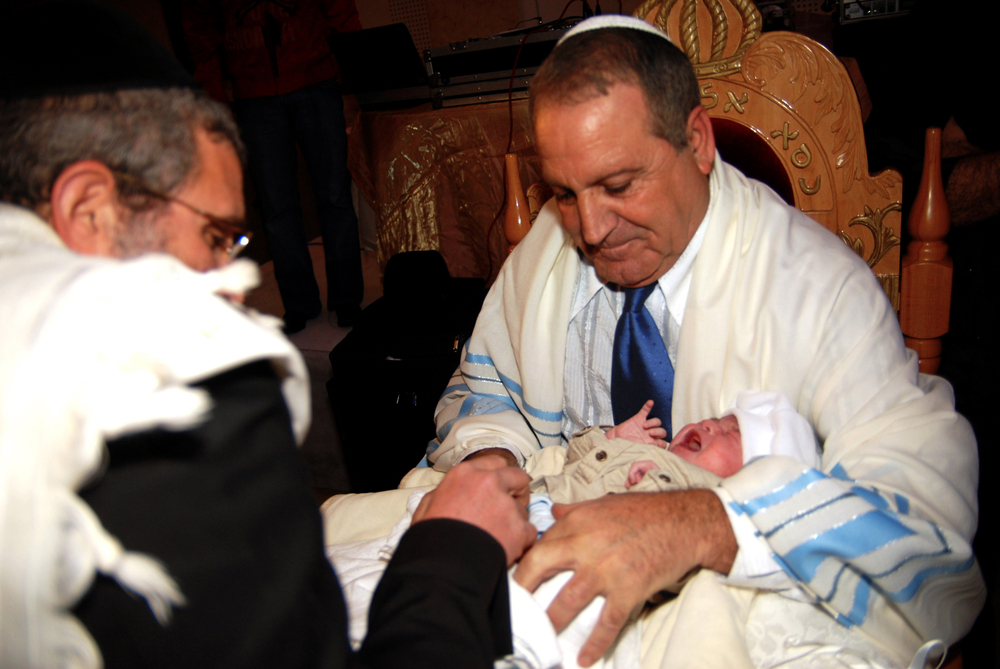In both Parshas Ki Sisa and the story of Purim, Bnei Yisroel united as one to try to accomplish a goal.
In the story of Purim, Bnei Yisroel united by fasting and crying out to Hashem to change the evil decree that Haman had unleashed upon them.
In Parshas Ki Sisa, during the incident of the Golden Calf, Bnei Yisroel united to make a god, in the hope that this “god” would be the new intermediary between them and Hashem. After seeing that Moshe, their first intermediary, had not returned from the mountain after 40 days and nights, they became frightened and felt the urgency to create a new intermediary.
The difference between the two stories of unity is that the story of Purim is about Bnei Yisroel uniting with good intentions— overturning Haman’s evil decree to annihilate the Jewish people. They were therefore successful.
Bnei Yisroel’s intention in building a Golden Calf in Parshas Ki Sisa was to stay connected to Hashem. However, their idea to maintain that connection was through an idolatrous form and therefore a misrepresentation of connecting to G-d.
The lesson we take from here is that we must always make sure that our intentions are pure and authentic and that the actions that stem from these good motives strengthen our connection to Hashem. The next time you have an idea or are acting on an inspiration put it through a filter and double-check: “Is this action something that aligns with Hashem’s will? Will it being me closer to Him or further away?”
Submitted by Devora David


